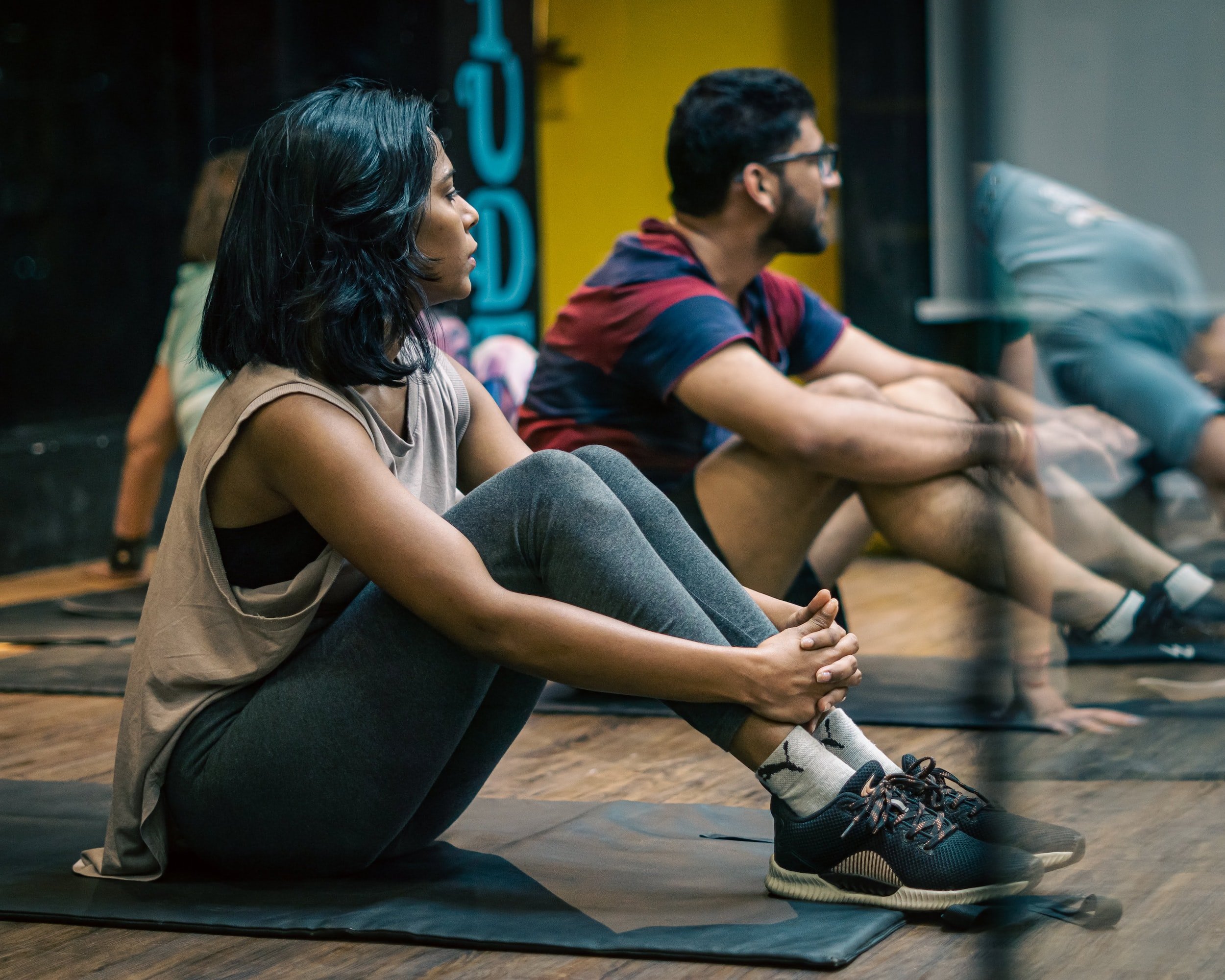Women Shouldn't Wrestle Like Men
by Victoria Ngai
When I learned how to cut weight on the wrestling team in ninth grade, I took tips from my coach and my teammates, most of whom were male. Some days, their methods worked, and the weight would shed off easily. On other days, I would be three pounds up, and the standard advice to layer-up and sweat myself to death was simply unsuccessful. Those were the days I was on my period, and the only solution offered to me was to keep jogging, spitting, and maybe throw on another hoodie or two.
This weight-cutting technique, though routinely successful for my male teammates, put an intense amount of strain on my body. As a result, I lost my period for five months during my ninth-grade winter sports season. The same thing happened again in tenth grade. After the season ended, I went to my pediatrician for my annual checkup, and she told me that I had a dangerous condition called amenorrhea (the loss of your period for 3+ consecutive months), likely from cutting too much weight too quickly.
Despite being in California, the state with the leading number of highschool females involved in wrestling, no coach told me that my menstruation would affect my weight cut or that my weight cut would affect my period. It's scary that in the state where coaches should be the most educated about girls wrestling, nobody stopped me from causing preventable damage to my own body.
I learned the hard way that my walk-around weight as a female needed to be closer to my weigh-in weight than it needed to be for boys. A page titled “Female Health” on the website for Wrestle Like a Girl, a foundation founded by Olympic wrestler Sally Roberts, specifies that “Utilizing hydration shifts to make weight puts [females] at a greater performance disadvantage than their male counterparts. Their walk-around weight needs to be closer to their competition weight class.”
Arian Carpio who has competed for Team USA since age thirteen agrees: “I also gain weight on my period so it’s unrealistic to expect a high school girl to healthily make the same weight class every weekend.” She knows that cutting weight improperly “could cause someone...major health issues if a woman wrestler tries to make an unreasonable weight class while on her period without proper notice. It can be done right if a coach is aware of the timeline of things.”
If I had been treated as an individual instead of being given a one-size-fits-all approach, I might have been able to prevent myself from developing amenorrhea. Sadly, this is just one example of how the lack of individual treatment of female wrestlers can jeopardize health and performance potential.
Another example comes in the form of injuries. Coach Jacque Davis, current Girls Program Director for Boston Youth Wrestling, recognizes that specific training is needed for females, during and after puberty when joint laxity increases moreso for girls. This increase in joint laxity and corresponding decrease in muscular and tendon support leads to a higher risk for hyperextensions, sprains, and dislocations.
Throughout high school, I was injured more often than my male teammates. I hyperextended my knee and elbow and later tore multiple ligaments in my ankle and elbow. It is hard to believe that I wouldn’t have seen some lessening in the number or severity of my injuries had I been coached on how to best protect my joints. Unfortunately, my high school coach was unaware of my needs as much as I was. This is evidence that coaching methods need to differ for girls and boys. I needed someone to tell me to focus more on recovery and joint-protective exercises to stop myself from getting hurt.
I also needed someone to teach me that I could utilize my female body to my advantage. That someone was Coach Emma Randall, head women’s coach for the New York City Regional Training Center and now my coach at Columbia University’s D1 Women’s Wrestling Club. I met Coach Emma at a summer camp before my senior year of high school where she began to teach me how to utilize my hip strength and lower center of gravity to execute certain moves.
It was then that a new interest was sparked inside of me, and upon arriving at Columbia, I felt excited to re-learn how to wrestle—this time, I wanted to wrestle like a girl. Previously, I was under the impression that being a female inherently put me at a disadvantage. I know now that if I try to wrestle like a man, I will never be as successful as I can be.
Having shared the same mat space as the boys, and having been taught the same technical drills, I have realized that creating opportunities for women to wrestle alongside men is not sufficient. With the growing number of high school and college women's wrestling programs, one might assume that we are on our way to achieving equality.
However, it is not enough to let women wrestle—to allow us to join the sport of wrestling—because wrestling is still a man’s sport. Wrestling was and is designed for men. The standard method of coaching in wrestling is designed to teach men how to wrestle best, not women. The standard method of weight cutting is designed to help men cut weight, not women. Therefore, it is not enough to treat us women like our male counterparts.
While we do need to continue to create more opportunities for female wrestlers in high school and college, we shouldn’t be so focused on leveling out the statistics that we forget to ensure
the quality of those opportunities. Teach us to compete like women and to cut weight safely, because we shouldn’t wrestle like men. We should wrestle like women.

